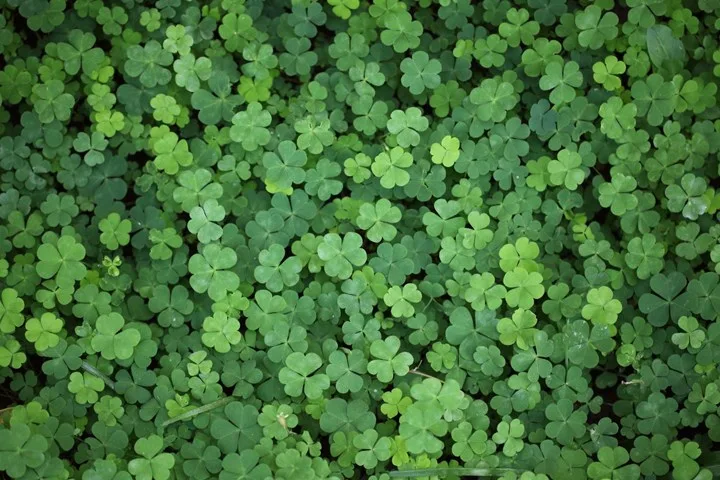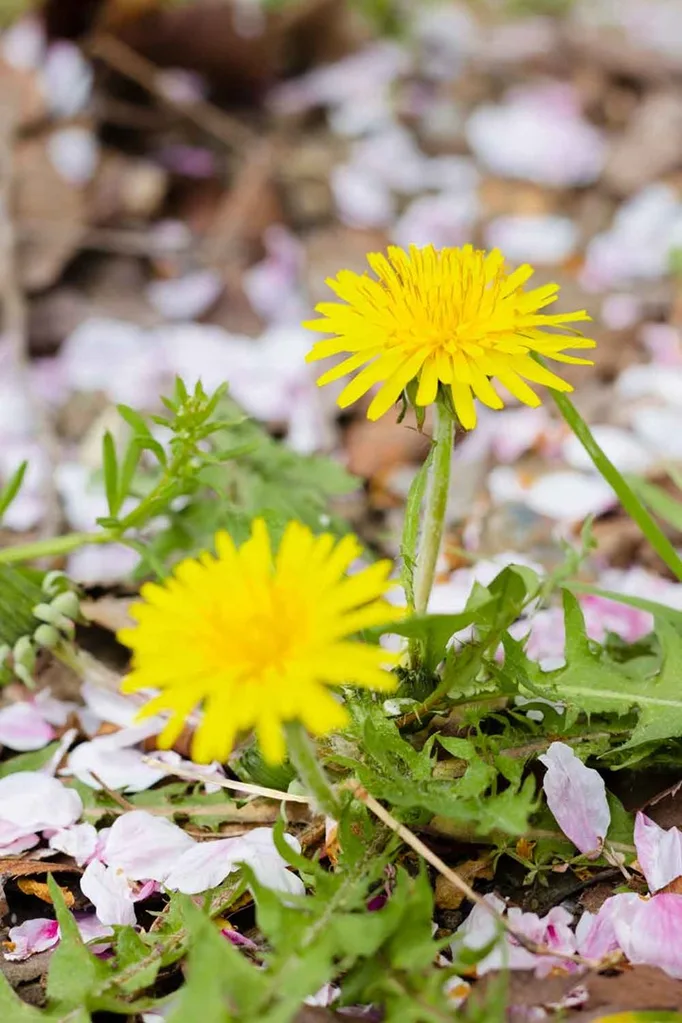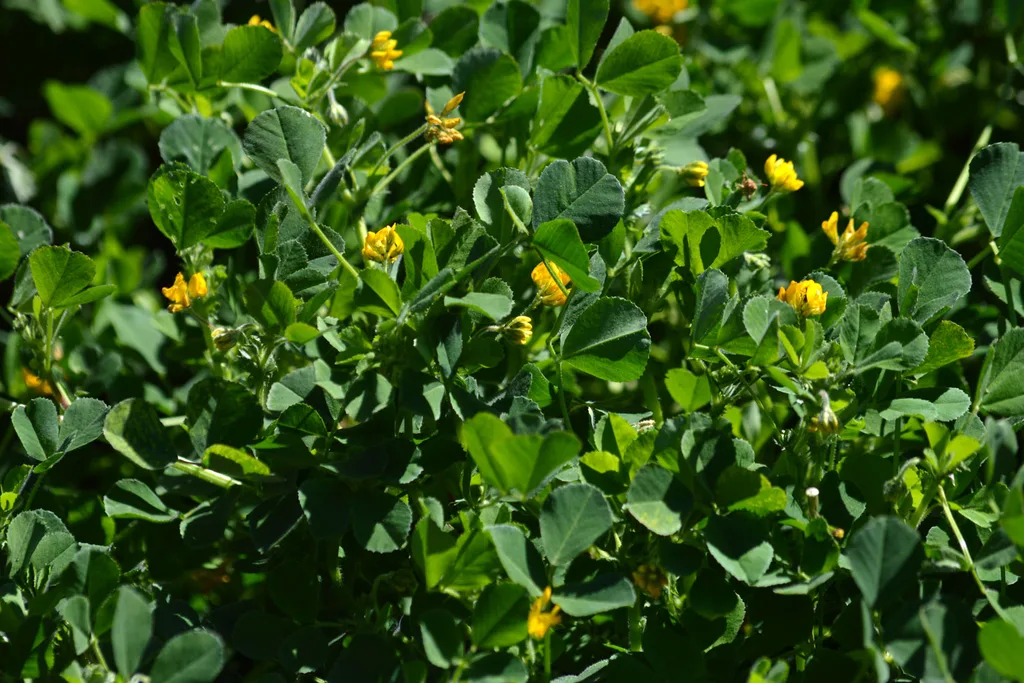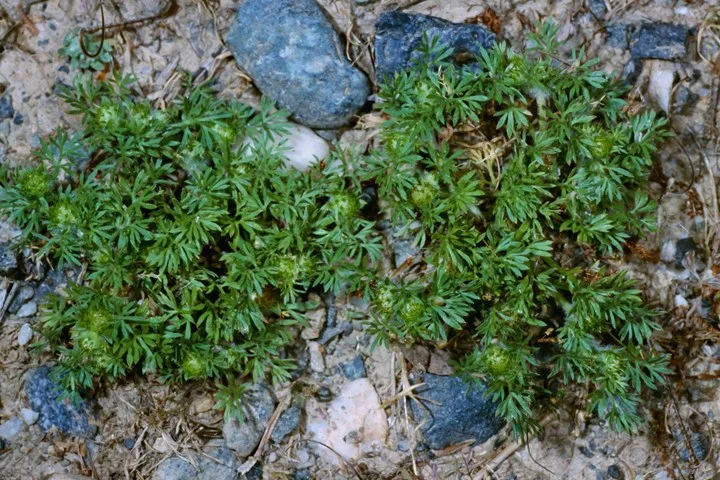It happens to everyone: one minute your lawn is lush and green, and the next it’s full of yellow flower weeds.
Although lawn weeds with yellow flowers might be lovely, some lawn fanatics would rather they grow elsewhere.
Like many other weeds, yellow-flowered weeds do well in lawns because they can grow quickly, handle different soil conditions, and take in nutrients and sunlight well.
Weeds can also make a lot of seeds, which makes it hard to keep them from taking over your lawn.
Getting Rid of Troublesome Yellow Flower Weeds in Your Lawn and Garden
Vibrant yellow wildflowers may add beauty to meadows and roadsides but when they pop up uninvited in your lawn or carefully tended garden beds, these weeds can be a nuisance. Their showy yellow blooms stand out against the green grass or foliage of your desirable plants. While some weeds with yellow flowers may have beneficial properties most are aggressive spreaders that can take over stretches of your landscape. Tackling these weeds quickly and effectively can help you reclaim your lawn and garden from their invasive grip.
Common Yellow Flower Weeds
Knowing the types of yellow flower weeds you might encounter is the first step toward controlling them. Some of the most troublesome include:
-
Dandelions – This classic yellow flower weed has a reputation for stubbornness. The seed heads spread quickly.
-
Clover – White and yellow clover puts down taproots. It can handle foot traffic but overtakes grass.
-
Wild mustard – An aggressive spreader, this yellow-flowered weed germinates in fall and spring.
-
Yellow wood sorrel – Yellow flowers and clover-like leaves. Spreads by rhizomes and seeds prolifically.
-
Goldenrod – A tall yellow-flowered perennial that spreads rapidly once established.
-
Yellow nutsedge – Tough to control with deep tubers. Forms dense patches and resists lawn mowing.
-
Princess flower – An invasive weed with showy yellow blooms originally from South America.
While a few flowers here and there may simply be an annoyance, large infestations can negatively impact your lawn or garden’s health. It’s important to address yellow weeds before they get out of hand.
Cultural and Manual Weed Control
Instead of rushing for the chemical weedkillers, start with cultural and manual control methods first:
-
Hand pull weeds, getting as much of the root as possible to prevent regrowth. Use a dandelion weeder tool for deep taproots.
-
Maintain thick, healthy lawn grass that resists weeds by mowing high, watering deeply, fertilizing, aerating, and overseeding.
-
For garden weeds, use thick mulch to block light and smother weeds before they emerge. Refresh mulch regularly before it decomposes.
-
Solarize soil by covering it with clear plastic in summer to bake weeds and seeds. Works best for garden beds.
-
In lawns, adjust the pH if needed to favor grass over weeds. Some weeds thrive in acidic or alkaline soils.
-
For recurrent weeds, crowd them out by planting competitive ground cover plants like vinca or creeping thyme.
-
For annual weeds, remove plants before they go to seed to curtail reinfestation.
When cultural methods alone don’t solve a bad yellow weed problem, targeted spraying or organic alternatives can help gain control.
Chemical Herbicide Options
Traditional weed killers and weed-and-feed products provide an efficient chemical control option if used judiciously. Look for the following active ingredients on herbicide labels:
-
2,4-D, dicamba, MCPP – Selective postemergence herbicides effective on broadleaf weeds like dandelions and clover in lawns. Some formulations are safe for certain grasses.
-
Glyphosate – Nonselective herbicide that kills most weeds but also harms grass. Use for spot treatment or on garden weeds.
-
Diquat dibromide – Fast-acting contact weed killer. Kills above-ground growth but may need repeat applications.
-
Pelargonic acid – Nonselective contact herbicide derived from a natural fatty acid. Leaves no soil residue.
When using chemical weed control:
-
Read and follow all label directions carefully for best results and to avoid lawn damage.
-
Use selective herbicides formulated for lawns to avoid harming grass.
-
Apply on a calm day to avoid spray drift to desirable plants. Spot treat or use a spray shield.
-
Time applications appropriately when weeds are actively growing for best absorption.
-
Wear protective gear and avoid windy conditions or runoff into waterways.
Organic Weed Killer Options
For those wishing to avoid synthetic chemicals, organic weed killers can be effective alternatives:
-
Horticultural vinegar – High acetic acid concentrations provide nonselective contact weed control. Safer than chemicals but can still damage plants.
-
Corn gluten meal – Prevents seeds from germinating when applied early in the season. May take a few years to deplete the seed bank.
-
Soap-based herbicides – Potassium salts of fatty acids disrupt cell membranes. Buy commercial versions instead of using store-bought soap.
-
Oils – Clove, citrus, peppermint, and cinnamon oils have contact and systemic activity against weeds. Some formulations combine multiple oils. Avoid spraying on windy days.
-
Vinegar and dish soap – A home remedy combining household vinegar and a squirt of dish soap can desiccate small weeds. Avoid harming grass or garden plants.
When choosing organic herbicides:
-
Read labels for concentration of active ingredients like acetic acid for efficacy.
-
Test on a small area first since even natural ingredients may damage valued plants if overapplied.
-
Apply on a sunny, dry day for best results.
-
Repeat applications are likely needed as most organics work on contact and don’t provide residual activity.
Consistency Is Key
Eliminating invasive yellow flower weeds takes repeated effort over time. Begin control measures early before weeds spread. Combining methods like hand weeding, mowing, mulching and selective herbicides often yields the best results. Don’t allow weeds to go to seed. With persistence, you can reclaim your lawn and garden from the grip of unwelcome yellow wildflowers.

7 common yellow flower weeds growing in your lawn in Australia
This is a list of common yellow lawn weeds you might find in Australia, along with instructions on how to get rid of them. Before removing them, remember that yellow flower leaves can also be beneficial pollinators.
Additionally, proper watering, mowing, and fertilisation help create an environment that’s less favourable for yellow-flowered weeds.

Oxalis is also known as sourgrass or wood sorrel. Its clover-shaped leaves and small flowers in shades of pink or yellow make it easy to spot. Creeping Oxalis is known for invading lawns and gardens due to their aggressive and invasive growth habits.
So what kills oxalis but not grass? For best control, oxalis should be pulled out by hand before it flowers. Hand-pulling is also an efficient method of weed removal.
Alternatively, targeted treatment using a broadleaf herbicide can help manage its growth.
Bin-Die, formulated for buffalo lawns, is versatile across various types like couch, bent, Kikuyu, paspalum, fescue, and rye. This broad-spectrum weed killer targets common weeds, including bindii, catsear, clover, creeping oxalis, cudweed, dandelion, plantain, and thistles.

Catsear, also known as flatweed or false dandelion, is a perennial plant with rosettes of leaves at the base and yellow flowers that look like dandelion flowers. This plant can spread quickly.
Manual weeding methods such as hand-pulling or mowing can be implemented for adequate control. In larger infestations, herbicides labelled for broadleaf weeds are recommended as an additional control measure.

Dandelions are common in lawns and are known for being tough. They have bright yellow flowers and fluffy seed heads. While the yellow-flowered varieties are frequently found in lawns, dandelion flowers can appear in various colours. These stubborn plants are bad for the health and look of your lawn because they take up a lot of the water that the grass around them needs.
One problem with dandelions is how easily the seeds can spread along the wind. Their deep root system makes getting rid of them a challenge. If the root isn’t removed properly, you can expect quick regrowth.
Hand-digging is effective for minor patches to control dandelions, but the deep taproots make things challenging. Herbicides formulated for dandelion control or a broad lead fertiliser can be used as a last resort.
Burr Medic (Medicago polymorpha)

Burr Medic (Medicago polymorpha) is a common yellow-flowered weed found in Australian lawns. While the vibrant yellow blooms might appear visually striking, Burr Medic can affect the health of your lawn.
This weed aggressively competes with desirable grass species for water and nutrients, which lowers the quality of the lawn. Burr Medic produces burr-like seedpods, spreading clothing or fur etc.
Controlling Burr Medic in Australian lawns requires a multi-pronged approach. Regularly cutting it down can help control its growth, but broadleaf weed killers are often needed to get rid of it for good.

Bindii (Soliva sessilis), commonly known as “jo-jo,” is a widespread lawn weed in Australia. This broadleaved annual is recognised for its small, prickly burrs, sometimes featuring small yellow flowers. The plant is low-growing and stings when stepped on.
Hand-weeding can be attempted before the burrs emerge but is difficult once germination has begun. To get ahead of the problem, applying pre-emergent herbicides in early spring can help stop bindii seeds from sprouting and slow their growth before they become a problem in your lawn. To keep your lawn healthy and happy, you need to take care of bindii early in its life cycle.

Clover is typically associated with white flowers, although certain varieties, Trifolium dubium may have small yellow blooms.
Gardeners grow clover on purpose because it fixes nitrogen in the soil and attracts bees. However, if it takes over your whole lawn, it can be a problem.
Hand-pulling effectively controls the weed, especially in smaller patches before flowering. Spraying a mixture of vinegar and a few drops of dish soap on established clover clumps is another way to treat them.
Another option is the use of a broadleaf herbicide formulated explicitly for lawns.

Capeweed, scientifically known as Arctotheca calendula, is categorised as a broadleaf annual weed. This weed can be identified by its yellow flowers that look like daisies. If left to its own devices, it could spread very quickly.
Hand-pulling, especially before the flowering stage, can be successful for small patches of capeweed. Avoid leaving bare patches of ground in late summer, as this *is the ideal environment for growing capeweed. Once capeweed plants start seeding, they can quickly spread, making early intervention key.
Some herbicides that kill broadleaf weeds can be used to get rid of capeweed in larger areas where it has spread.
How to Get Rid of Oxalis (Woodsorrel: small yellow flowers in lawns) [Weed Management]
FAQ
What kills yellow flower weeds?
What are the weeds with yellow flowers called?
How to get rid of dandelions naturally?
How to get rid of yellow flowering clover?
- The Ultimate Guide to Growing Strawberries in Raised Beds - August 8, 2025
- No-Dig Garden Beds: The Easiest Way to Grow a Beautiful Garden - August 6, 2025
- How to Protect and Preserve Wood for Raised Garden Beds - August 6, 2025
